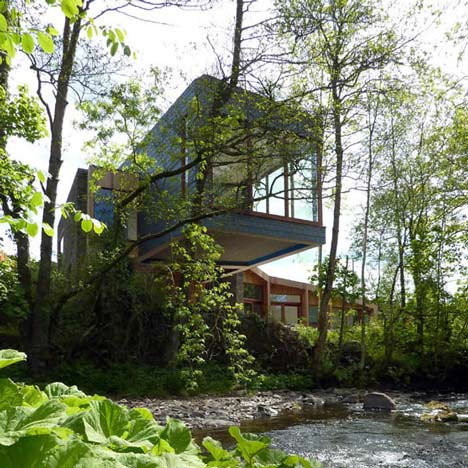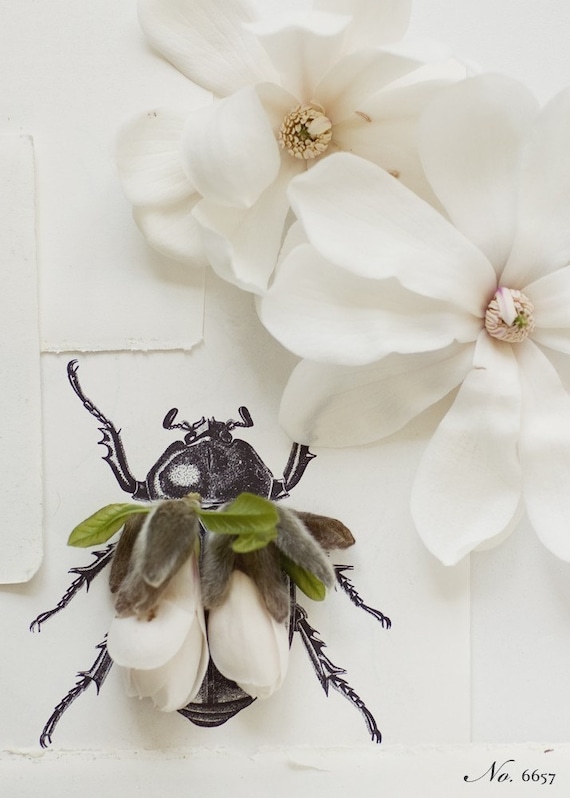Ty-Hedfan House, che significa 'casa sospesa' in gaelico, è arroccata sopra un fiume in un piccolo villaggio all'interno del Brecon Beacons National Park. Il sito è abbastanza unico, trovandosi in una sona che degrada dolcemente verso la confluenza di due fiumi, Ysgir Fach e Ysgir Fawr, che corrono per tutta la lunghezza della proprietà.
Ty-Hedfan, che significa 'casa sospesa' sfrutta al meglio questa posizione in riva al fiume: progettato dallo studio londinese Featherstone Young, la casa si sviluppa su 223 metri quadri e si ispira allla casa tradizionale gallese, soprattutto nell'uso dei materiali tutti di provenineza locale. L'edificio è costituito da due elementi: la casa principale e una foresteria. La prima è una struttura ibrida in legno e acciaio, rivestita di ardesia e pietra. A causa di una normativa per cui è vietato costruire a meno di un 6m dalla riva del fiume, gli spazi abitativi principali vengono elevati tra gli alberi, creando un elemento a sbalzo di grande effetto. La casa rappresenta un approfondimento nella ricerca dello studio nel rapporto tra architettura e specificità del sito in cui questa sorgerà. Incredibile il gioco di riflessi che avviene al di sotto dell'elemento a sbalzo dell'edificio / Ty-Hedfan, meaning ‘hovering house’, is perched above a river in a small village in the Brecon Beacons National Park. The site is quite unique, sloping down to the confluence of two rivers, Ysgir Fach and Ysgir Fawr, that run across the length of the property. Designed by Featherstone Young, the 223 square metre dwelling takes its inspiration from the traditional Welsh long house, and uses locally-sourced materials. Because of a statutory 6m no-build zone along the river bank, it cantilevers the main living areas up to the river bank and elevates them amongst the trees. The plan comprises two elements: the main house and a guest wing. The former is a hybrid timber and steel frame structure, clad in slate and stone. The house is a further exploration of the practice's interest in highly site specific and contextual architecture.





































